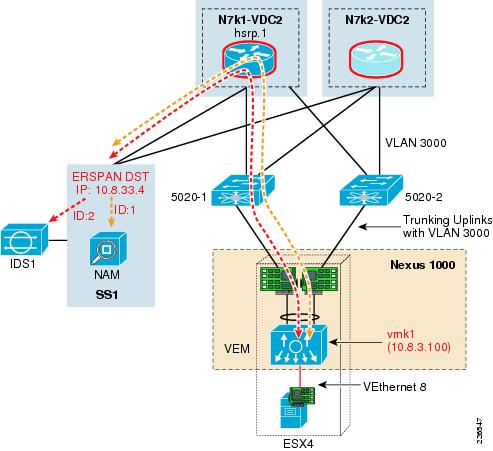Cisco Nexus 1000v Keygen
Backup exec system recovery 2013 torrent. How do you feel about VMware putting an end to Cisco Nexus 1000V? Download fullmetal alchemist episode 1 subtitle indonesia (bd). This is the blog article that I'm referring to: VMware Blog The relevant quote: Moving forward, VMware will have a single virtual switch strategy that focuses on two sets of native virtual switch offerings – VMware vSphere® Standard Switch and vSphere Distributed Switch™ for VMware vSphere, and the Open virtual switch (OVS).
• Using your VMware documentation, attach the VSM ISO image to the virtual CD-ROM and copy the software to a virtual machine (VM). • Make sure that the VSM VM is powered off. • In the vSphere client Virtual Machine Properties window Hardware tab, choose Memory.
• In the Memory Size field, choose 4 GB. • In the Resources tab, choose Memory. • In the Reservation field, choose 4096 MB. • In the Resources tab, choose CPU. • In the Reservation field, choose 2048 MHz. • The VSM VM memory and CPU speed settings are saved in VMware vSphere Client.
• Right-click the VSM and choose Open Console.

When Cisco first announced a third-party virtual switch for VMware environments, the Cisco Nexus 1000V, it was well received and generated a lot of interest and anticipation from the virtualization community at large. The Nexus 1000V was designed with VMware vSphere 4 in mind, and it was created to help administrators simplify virtualization and network services management for cloud environments. The virtual switch contains two software components: a Virtual Supervisor Module (VSM), which contains the Cisco CLI, configuration, and high-level features, and the Virtual Ethernet Module (VEM), which acts as a Line Card and runs in each virtualized server to handle packet forwarding and other localized functions. [ Pick up tips on how to Track the latest trends in virtualization in InfoWorld's.
] The Nexus 1000V bears the distinction of being the first switching device sold by Cisco that wasn't a piece of physical hardware. To date, this device has remained virtual.
However, at a time when many physical devices are being turned into virtual appliances, Cisco may be finding out that network administrators aren't necessarily as fond of the virtual device as they of those devices that can be touched. In some organizations, the virtualization administrator is an all-encompassing role in the virtual datacenter. Not only do they administer the virtualization layer, they also manage the physical servers, the storage, and the network. Other organizations may be more siloed in their approach where some or all of these roles remain separated from one another. In this scenario, administrators that have sole responsibility of managing the network may not actually trust the virtual environment.
For example, when networking migrated over to embedded virtual switches within the hypervisor, some network admins felt as though they lost a bit of their control and visibility into this new virtual environment. It's been almost one year since the general availability of the Nexus 1000V, and now Cisco is announcing the Nexus 1010, perhaps in part to address the very nature of the visibility and control needs of the traditional network administrator. The new device will host up to four Nexus 1000V Virtual Supervisor Modules, which means that a single device can handle up to 256 ESX host servers. Network administrators can manage the Nexus 1000V supervisor like a standard Cisco switch, with all the same 1000V features and without any interaction with the virtual infrastructure. The new device also supports network analysis down to the virtual machine layer, giving the network administrator granular visibility into the virtual workload.